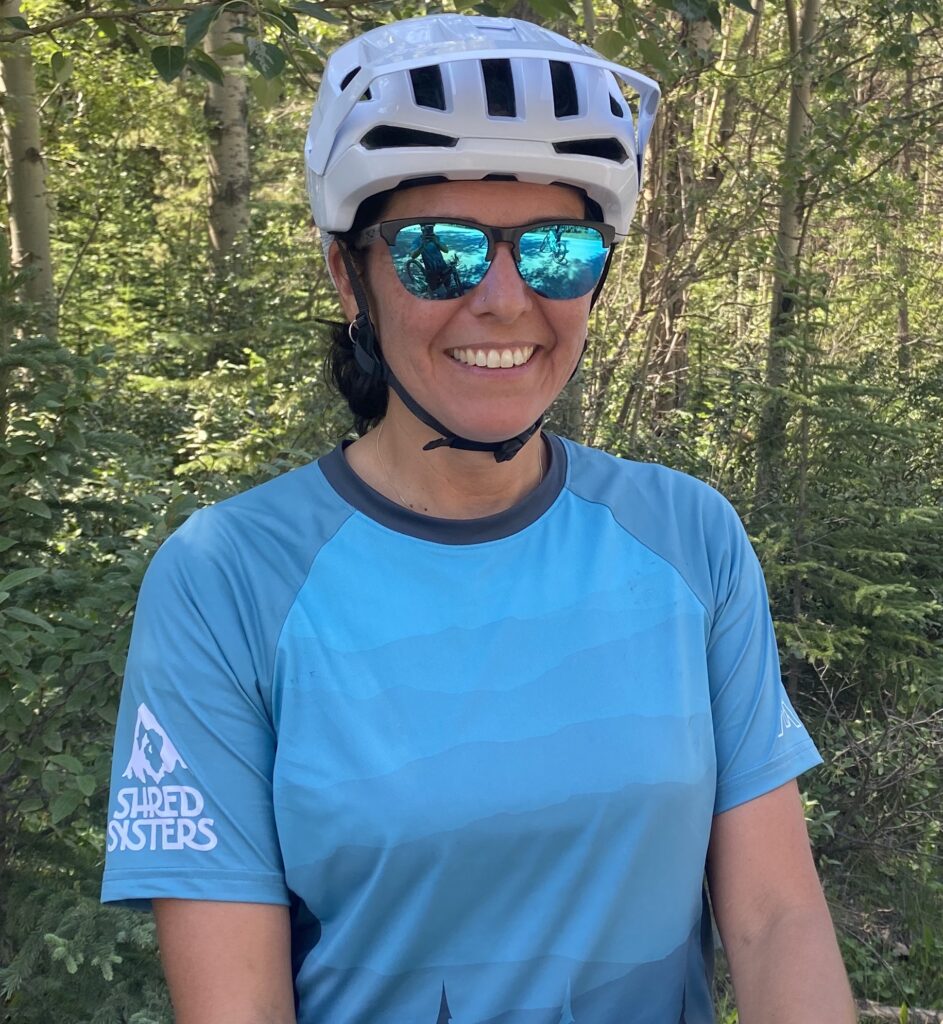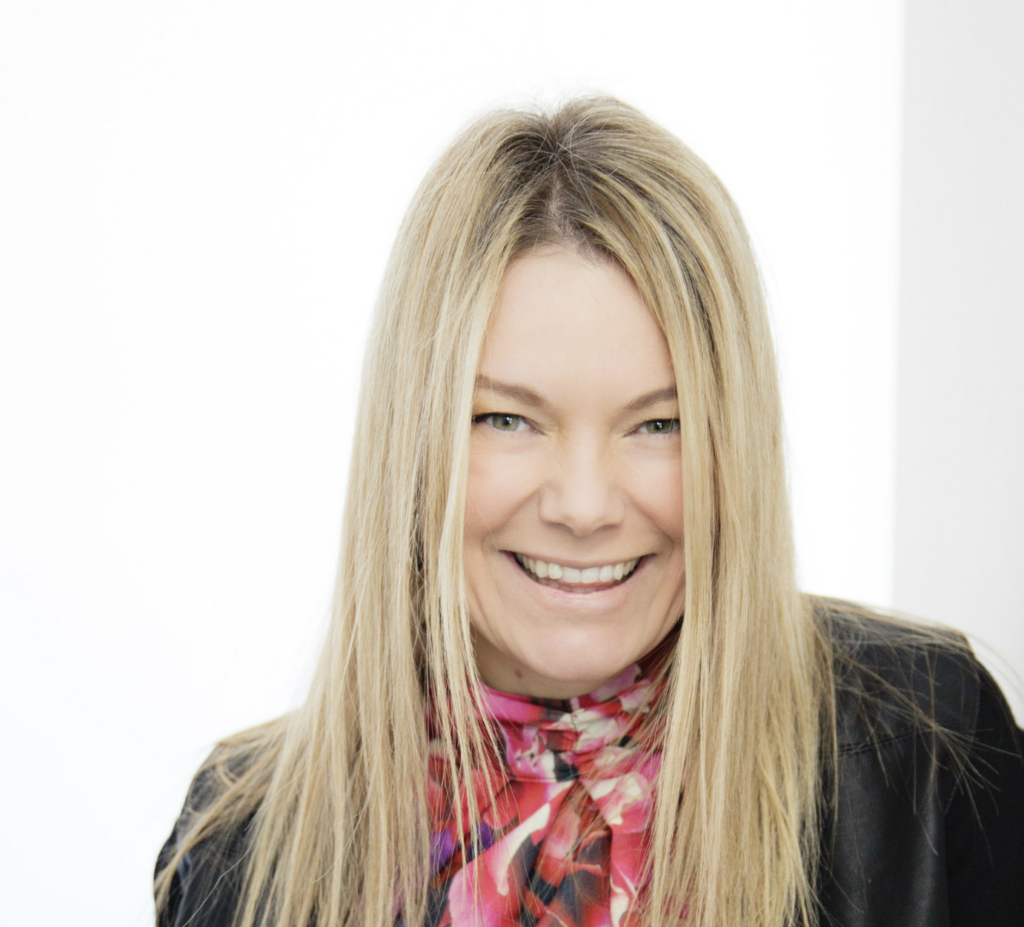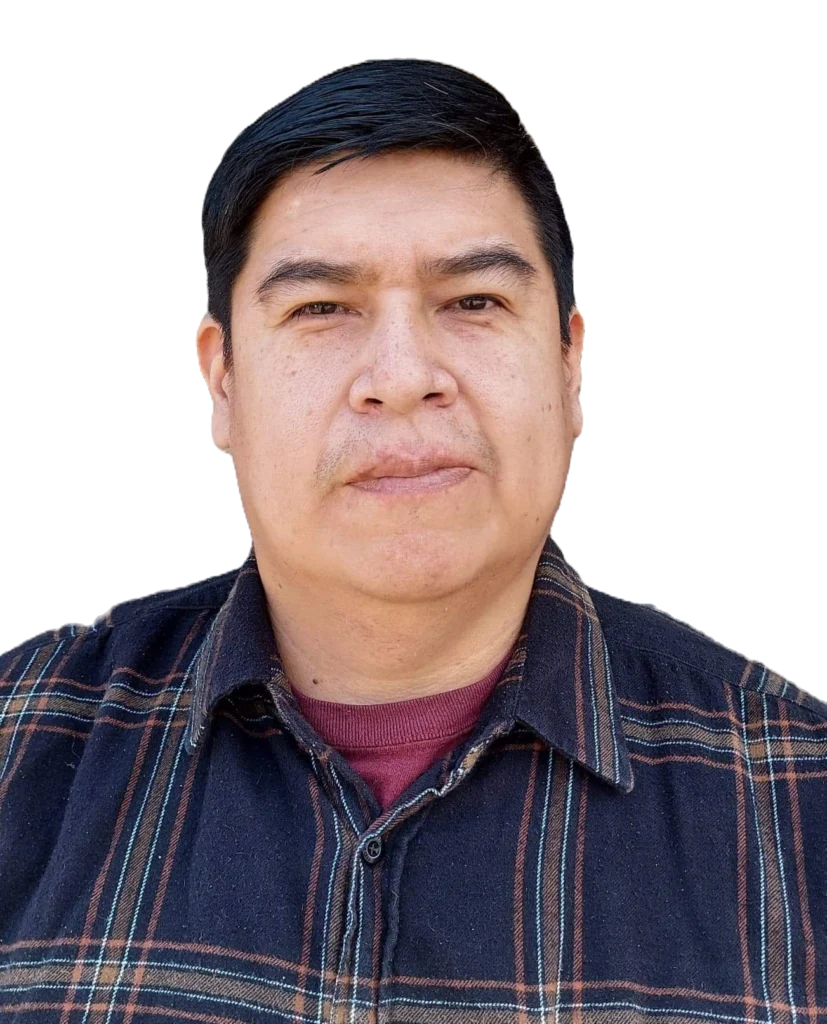Artists

Terrie Batycki
Terrie is a Cree woman from Peepeekisis First Nation and her direct lineage to Chief Cote and Chief Okanese, who were signatories to Treaty 4 in 1874, highlights her deep connection to her cultural heritage and the historical context of Indigenous peoples in Canada.
Terrie embarks on a transformative journey from a career in policing into the realm of the Arts. As a versatile artisan, she possesses a natural talent for creating an array of items using her hands. Whether it’s painting, sewing, upcycling and designing clothes, or using tools to accomplish her craft, she demonstrates a keen eye for detail and skillful execution. Her expertise extends to creating regalia like leather belts and accessories for dance and ceremony, showcasing her dedication to traditional craftsmanship.
One of Terrie’s sources of joy is her love for upcycling, where she breathes a new life into discarded items, turning them into innovative and functional pieces. This commitment to sustainability is integral to her journey of minimizing her impact on Mother Earth.
Her spiritual quest aligns with her work in traditional Indigenous art forms. Terrie hopes to delve deeper into leather and porcupine quill work and aspires to master the art of brain tanning leather hides, connecting deeply with her cultural heritage.
Terrie’s educational journey led her to the University of the Arts, where she honed her skills in metalwork and received additional training working alongside a goldsmith.
What began as a hobby is becoming more of a way of life for Terrie, reflecting her limitless creativity and dedication to the arts.
In Indigenous cultures in Canada, the moss bag holds significant cultural and practical value. Traditionally, it serves as a cradleboard or baby carrier, providing a safe and comfortable way to transport infants while allowing caregivers to engage in daily activities. The design and decorations of the moss bag often reflect the cultural heritage and beliefs of the Indigenous community it originates from, making it a cherished and symbolic item with the culture.
Terrie’s journey into beadwork and leathercraft began over 20 years ago when she crafted her first moss bag for her newborn child. This early endeavor marked her beginning into these art forms. Her bag does not represent some of the more traditional moss bags that have been created.
Terrie, an avid mountain bike enthusiast who finds solace in spending time outdoors and in the forest, crafted this dreamcatcher using upcycled materials. Originating from Indigenous cultures, a dreamcatcher is a traditional object believed to filter out negative dreams, allowing only positive ones to pass through. It consists of a circular frame with a woven net or web inside, often adorned with feather and beads. The symbolic item reflects Indigenous beliefs in spirituality and protection, making it a cherished symbol in many Indigenous communities. Terrie’s use of upcycled materials adds an eco-friendly flare to this culturally significant artwork, embodying her love for nature and sustainability.
(ĀTAYŌHKĒWINA) Cree Nation
Stories written by: Eleanor Brass
Cree translation: Inez Deiter, Darryl Chamakese, Soloman Ratt
Art work illustrated: Terrie Batycki

Amber Boyd
Métis Writer & Artist
Terrie is a Cree woman from Peepeekisis First Nation and her direct lineage to Chief Cote and Chief Okanese, who were signatories to Treaty 4 in 1874, highlights her deep connection to her cultural heritage and the historical context of Indigenous peoples in Canada.
Terrie embarks on a transformative journey from a career in policing into the realm of the Arts. As a versatile artisan, she possesses a natural talent for creating an array of items using her hands. Whether it’s painting, sewing, upcycling and designing clothes, or using tools to accomplish her craft, she demonstrates a keen eye for detail and skillful execution. Her expertise extends to creating regalia like leather belts and accessories for dance and ceremony, showcasing her dedication to traditional craftsmanship.
One of Terrie’s sources of joy is her love for upcycling, where she breathes a new life into discarded items, turning them into innovative and functional pieces. This commitment to sustainability is integral to her journey of minimizing her impact on Mother Earth.
Her spiritual quest aligns with her work in traditional Indigenous art forms. Terrie hopes to delve deeper into leather and porcupine quill work and aspires to master the art of brain tanning leather hides, connecting deeply with her cultural heritage.
Terrie’s educational journey led her to the University of the Arts, where she honed her skills in metalwork and received additional training working alongside a goldsmith.
What began as a hobby is becoming more of a way of life for Terrie, reflecting her limitless creativity and dedication to the arts.
Traces of our past are all around us, in our histories, culture, traditions, education, language, families, and relationships. Each piece is only a small part of the story about who we are, both as an individual and a community. Remnants are not just what is left behind but are the pieces that create a picture of who we are today.
This tapestry is layered with the texture and colour of seven HBC blanket remnants graciously shared by other capote designers within the Métis community. Constructed of blanket scraps, fallen branches, naturally shed antler, caribou hair, and end-of-season wolf willow seeds, the depicted scene of the wild rose is intended to show we all grow in our own way and are more than the individual pieces that make up the picture.
Growing up, I was always running through the bush picking flowers and eating berries on my grandmother’s acreage. I guess I’ve always been drawn to herbal remedies and medicines, and early in my career, I was even a medic. Many of our medicines are found along local hiking trails. It’s not until we are introduced and taught about each medicine plant that we learn of their hidden abilities to heal. I thank members of my community for taking the time to introduce me to some of the medicines found here in southern Alberta.
This capote design was originally created as a teaching tool and is a newish take on our traditional garment with its pull-through finger-woven wool sash. All the embroidered and beaded flowers on the collar and inside of the sleeves are of our traditional medicines. These floral designs first started as sketches and then were embroidered or beaded one by one to the HBC blanket. Like a book, the capote must be opened to learn more about the medicines and how they were used traditionally. Some of the plants seen on this capote include Saskatoon berry, bitterroot, wild rose, yarrow, blazing star, and blue flax, but there are many more. If viewers would like to learn more about Indigenous medicines, I recommend reading Christi Belcourt’s book, Medicines to Help Us.
Indigenous worldviews passed down through generations say we are caretakers for the land, plants, and animals. Unfortunately, 49% of bird populations are currently in decline, and more birds are on the protected list than ever before. Sadly, the tree swallow depicted in this print is on the migratory bird protection list here in Canada.
If we don’t do more to help our feathered friends survive, many will disappear, and their songs will be lost forever. While the loss of habitat is the number one reason for bird population decline, there are others.
Please help by considering the following:
- keep cats indoors
- install window treatments to help birds from flying into glass panes
- plant native bushes and trees in the yard
- plant organically and avoid using pesticides outdoors
While canoes are vessels to transport people, the traditional teachings used to build one are also part of a healing journey back to community.
Medicines swirl within the petals of our traditional knowledge.

Gordon Wesley
Gordon Wesley is passionate about bringing the life of the wild into a still picture, where he can always have as a memory from his wild life experiences.
He is a proud Nakoda Stoney from the Bighorn Reserve, where he was inspired to create life on canvas. Living in a quiet Reserve in the mountains, Gordon can easily maintain the focus and concentrate on the essences of the wild life of the Rockies onto canvas. As a child Gordon loved to be outdoors and monitoring the animals that inhabit his local geography and became curious about them and enjoyed their natural beauty.
His passion of nature derives from the desire to capture the spirit of the wild in art.
